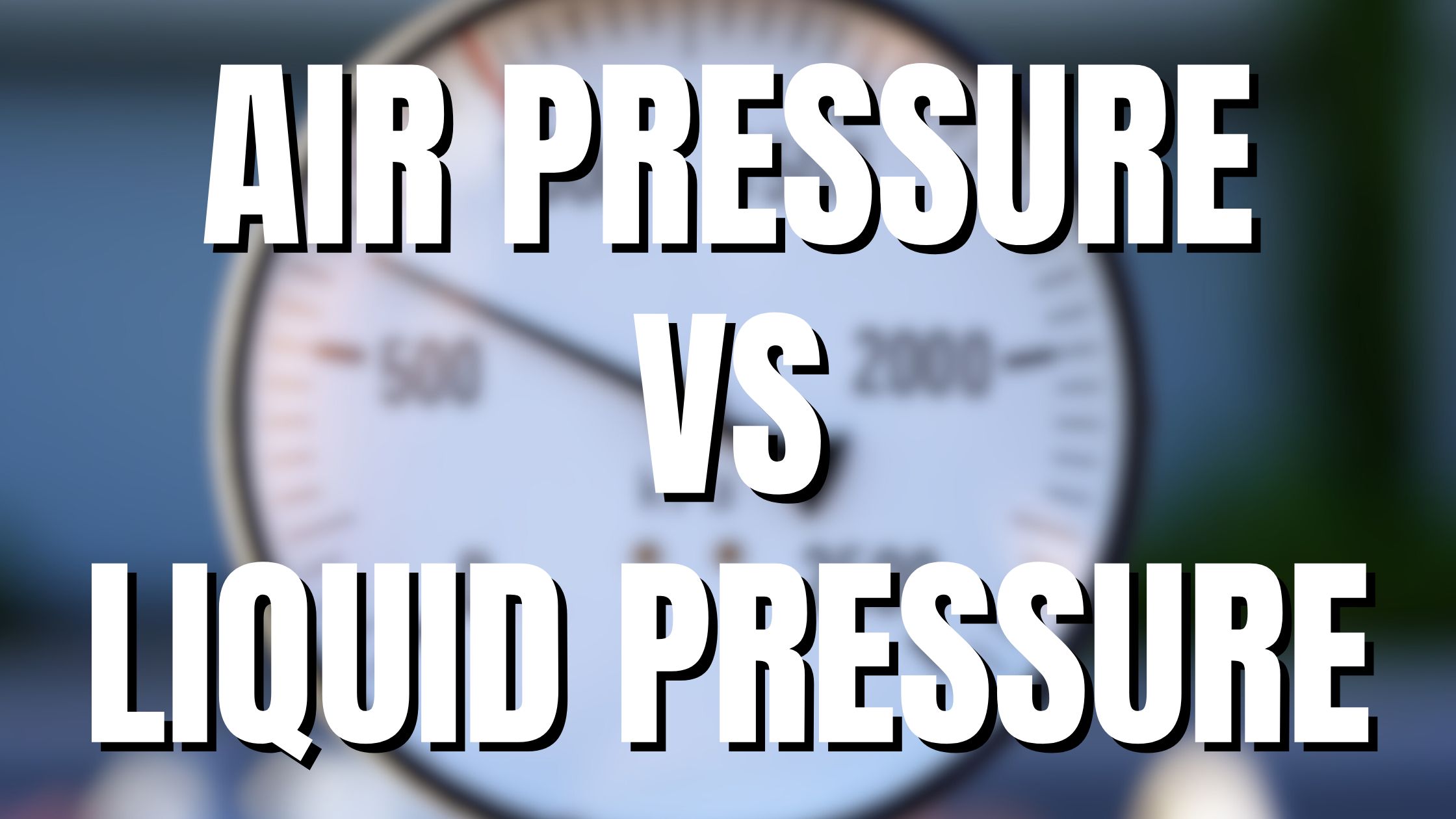
Both air pressure and liquid pressure are about the force that a fluid (like a gas or liquid) puts on a surface. Here’s how they are different and how they work:
Compressibility:
- Air: Air can be easily squeezed. When you push on air, the air molecules get closer together, which makes the pressure go up. This is why you can blow up a balloon with air.
- Liquid: Liquids can’t be squeezed as easily as air. When you push on a liquid, the molecules are already close together and can’t be squished much more. This is why if you try to compress a liquid in a sealed container, the container might bulge or burst.
Acting in All Directions:
- Air: Air pressure pushes equally in all directions. Air molecules move around randomly, hitting surfaces and creating pressure equally in every direction. For example, an inflated balloon pushes out on all sides.
- Liquid: Liquid pressure also pushes in all directions. If you put your hand underwater, you’ll feel the pressure from the top, bottom, and sides.
Dependence on Depth:
- Air: Air pressure goes down as you go higher up. There are fewer air molecules above you, so the pressure drops. This is why mountain climbers need oxygen tanks at high altitudes.
- Liquid: Liquid pressure goes up as you go deeper. The deeper you go, the more liquid is above you, pressing down. This is why scuba divers feel more pressure the deeper they dive.
Applications:
- Air Pressure: Air pressure is important for things like inflating tires, predicting weather (since air pressure changes can mean different weather is coming), and using pneumatic tools (tools powered by compressed air).
- Liquid Pressure: Liquid pressure is used in hydraulic systems (machines that use liquid pressure to lift or move things), understanding buoyancy (why objects float or sink), and in many industrial processes involving liquids.
Summary:
Both air pressure and liquid pressure are important, but they have some key differences. Air is easy to compress, acts equally in all directions, and its pressure decreases with height. Liquids are hard to compress, also act in all directions, and their pressure increases with depth. Knowing these differences helps in many areas of science and engineering.
Learn more new informational things by playing the HamroQuiz gamified version: Register Today
